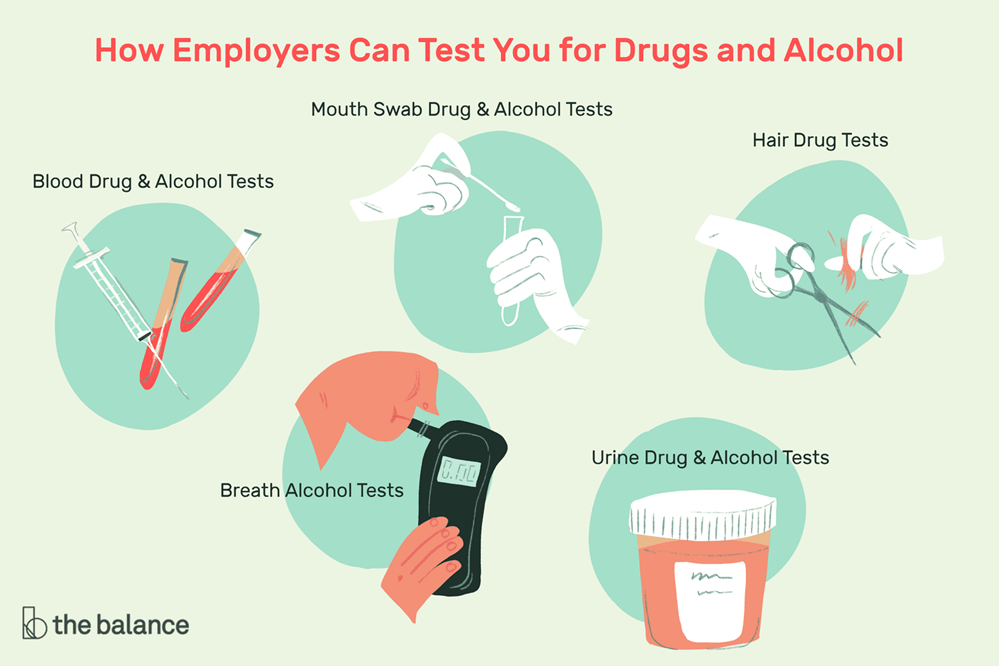An occupational health nurse is attending to a new employee who had an accident at a worksite. Which of the following tasks should the nurse complete as part of the protocol for an employee injury?
Order a new medication.
Initiate safety and audit checks.
Perform a drug test.
Vet the injured worker.
The Correct Answer is C
Choice A: Order a New Medication
Ordering a new medication is not typically the first step in the protocol for an employee injury. The nurse needs to assess the injury and determine the appropriate course of action based on the severity and nature of the injury. Medication may be part of the treatment plan, but it is not the initial step in the injury protocol.
Choice B: Initiate Safety and Audit Checks
Initiating safety and audit checks is an important part of workplace safety management, but it is not the immediate response to an employee injury. These checks are usually conducted to prevent future incidents and ensure compliance with safety regulations. The immediate priority is to address the employee's injury and provide necessary medical care.
Choice C: Perform a Drug Test
This is the correct choice. Performing a drug test is often part of the protocol following a workplace injury, especially in industries where safety is a critical concern. The drug test helps determine if substance use may have contributed to the accident. It is a standard procedure to ensure workplace safety and compliance with regulations.
Choice D: Vet the Injured Worker
Vetting the injured worker is not a standard part of the protocol for handling an employee injury. The focus should be on providing immediate medical care and assessing the injury. Vetting typically refers to a thorough examination or background check, which is not relevant in the context of responding to an injury.

Nursing Test Bank
Naxlex Comprehensive Predictor Exams
Related Questions
Correct Answer is D
Explanation
Choice A Reason:
Local ordinances are important for shaping the built environment, as they dictate land use, zoning, and building codes. However, they are not a core feature of the built environment assessment tool itself. Instead, they are external factors that influence the built environment.
Choice B Reason:
Financial stability is crucial for the overall well-being of a community, but it is not a direct feature of the built environment assessment tool. Financial stability impacts the resources available for community development and maintenance but does not directly assess the physical environment.
Choice C Reason:
The community at large refers to the broader population and social dynamics within a community. While understanding the community is essential for comprehensive assessments, the built environment assessment tool focuses more on physical and infrastructural elements rather than social aspects.
Choice D Reason:
Walkability is a core feature of the built environment assessment tool. Walkability assesses how friendly an area is to walking, considering factors such as the presence of sidewalks, pedestrian crossings, and the proximity of amenities. High walkability is associated with numerous health benefits, including increased physical activity and reduced risk of chronic diseases. It is a critical component in evaluating the built environment's impact on community health.
Correct Answer is C
Explanation
Choice A Reason:
The first step assists with how to perform a collection of evidence. While collecting evidence is an important part of many toolkits, the University of Kansas toolkit is specifically designed to guide users through a comprehensive process. The focus is on a structured approach rather than just the initial step of evidence collection.
Choice B Reason:
It is used in planning community initiatives. This statement is true but not specific enough to be the standout feature of the toolkit. Many toolkits are used for planning community initiatives. The unique aspect of the University of Kansas toolkit is its structured, step-by-step methodology, which sets it apart from other resources.
Choice C Reason:
It uses a step-by-step approach. This is the correct answer because the University of Kansas toolkit is designed to provide a clear, structured process for users. This approach ensures that all necessary steps are followed systematically, making it easier for community groups to plan and implement their initiatives effectively. The step-by-step methodology is a core feature that enhances the usability and effectiveness of the toolkit.
Choice D Reason:
It is a proprietary document that is used solely within the state of Kansas. This statement is incorrect. The toolkit provided by the University of Kansas is intended for broader use and is not restricted to the state of Kansas. It is designed to be a resource for community groups and organizations regardless of their location, promoting best practices in community planning and development.
Whether you are a student looking to ace your exams or a practicing nurse seeking to enhance your expertise , our nursing education contents will empower you with the confidence and competence to make a difference in the lives of patients and become a respected leader in the healthcare field.
Visit Naxlex, invest in your future and unlock endless possibilities with our unparalleled nursing education contents today
Report Wrong Answer on the Current Question
Do you disagree with the answer? If yes, what is your expected answer? Explain.
Kindly be descriptive with the issue you are facing.
